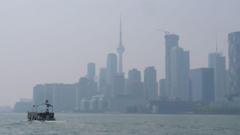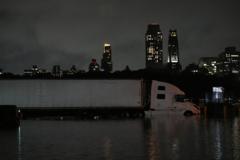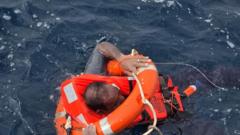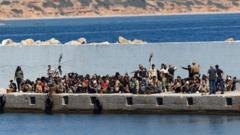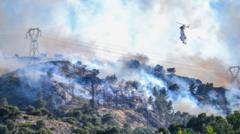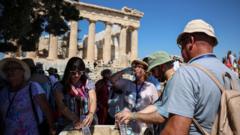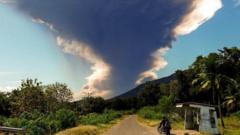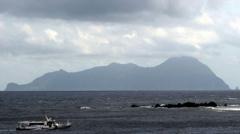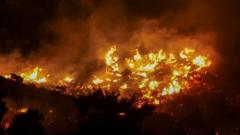The ongoing seismic swarm has raised questions about its duration and implications, leaving local communities divided in their responses to the emerging threat.
**Santorini's Seismic Crisis: Understanding the Ongoing Earthquake Swarm**
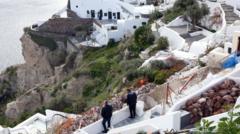
**Santorini's Seismic Crisis: Understanding the Ongoing Earthquake Swarm**
Residents of the popular Greek island of Santorini are grappling with a seismic crisis as authorities declare a state of emergency following thousands of earthquakes, with many evacuating amidst fears.
As Santorini experiences an unprecedented seismic crisis, the picturesque Greek island is now in turmoil due to thousands of earthquakes occurring over the past week. The island, renowned for its spectacular views and tourism appeal, has seen a significant impact on its approximately 15,000 residents, with roughly three-quarters evacuated after a powerful 5.2 magnitude quake struck, marking the largest in this recent upheaval.
Geologists and scientists are perplexed by the current sequence of events. Greece's Prime Minister has described the situation as an "extremely intricate geological phenomenon," with experts like Dr. Athanassios Ganas from the National Observatory of Athens noting that such a pattern of earthquake activity is unusual and has not been observed in modern history. The island, part of the Hellenic Volcanic Arc, has not experienced a major eruption since the 1950s, leading to speculation about the reasons behind this seismic swarm.
The earthquakes are reportedly occurring in concentrated clusters rather than following the typical mainshock-aftershock model seen in past events. Dr. Ganas highlighted that this recent surge began with a volcano awakening last summer, followed by a series of smaller quakes in January. The seismic intensity has escalated, culminating in thousands of recorded earthquakes, with the most notable tremor occurring on Wednesday.
Experts are uncertain about the future trajectory of these seismic events. While hopes exist that the Wednesday quake might be the largest the island endures, seismologists caution that the ongoing activity could persist for weeks. Some academics, like Professor Joanna Faure Walker, acknowledge that larger earthquakes often exhibit foreshocks, helping to predict a potential mainshock, yet the current activity does not display characteristics typical of volcanic earthquakes.
Seismology data analysis using machine learning techniques is being employed to understand the ongoing situation better, as researchers look to previous earthquakes from 2002 and 2004 for patterns. In response to increasing concerns, additional police and military units have been dispatched to assist in managing any potential major earthquake.
The local community is showing varied reactions to this situation. While some residents, such as Georgia Nomikou, have prepared to evacuate, others, like Chantal Metakides, remain defiant, citing the resilience of the island and its structures. Chantal stated that her house has endured five centuries of seismic activity without issue, expressing confidence that the current tremors will not alter this history.
The blend of anxiety and resilience among Santorini’s residents illustrates the complexity of living in a geologically active area, as the island grapples with the uncertainty of how long this seismic crisis might last.



